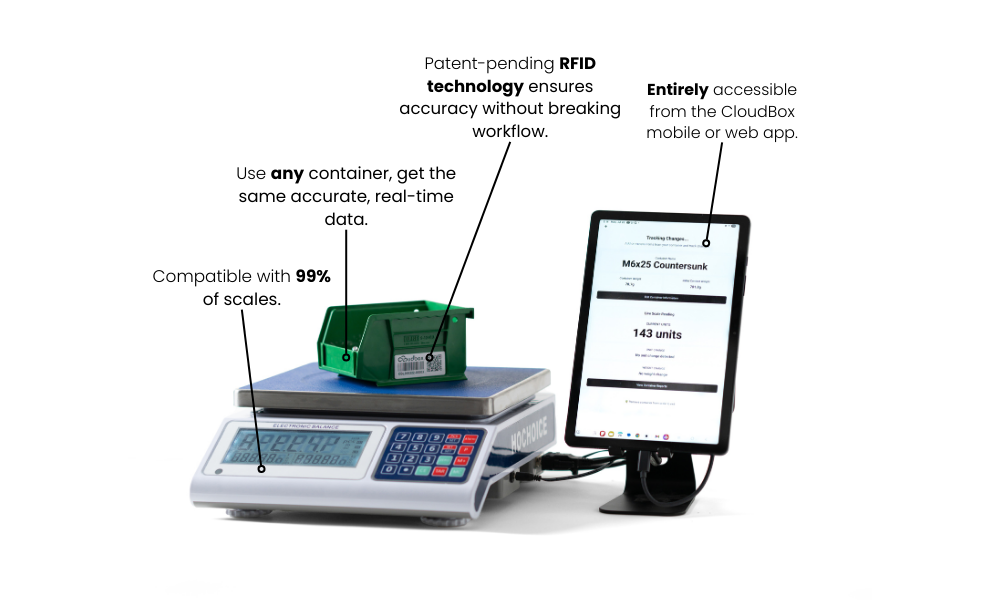
Warehouses used to be all about space. The more you had, the more product you could move. Today, the real value is in speed and visibility. If you can see what is happening across your operation in real time, you can adapt, optimize, and outperform competitors who are still waiting on yesterday’s reports.
Most warehouse management systems give you access to data, but not always in the moment. They rely on manual inputs, batch updates, or scheduled syncs. That leaves gaps. By the time you spot a problem, it may already be too late to fix it efficiently.
Real-time tracking changes the game. When your inventory system updates the second a box moves, a shipment arrives, or a product is picked, you can act with confidence. You can reroute resources, adjust labor assignments, and respond to customer needs without guessing.
This kind of tracking does not have to come with a massive software overhaul. Smart container systems like CloudBox offer a hardware-based solution that fits into existing workflows. Each unit tracks its contents and activity around the clock, feeding accurate data into your inventory dashboard without the need for scans or manual input.
The result is a warehouse that thinks in real time. You know what is moving, what is sitting, and what needs attention. You eliminate dead zones where products go missing or sit unnoticed. You make better use of space, because you know exactly what is taking it up.
And just as importantly, your team stays informed. Managers are not chasing updates. Staff are not tied up counting things. Everyone is focused on moving forward, not catching up.
In an industry where speed and accuracy make the difference between margin and mess, real-time tracking is not a luxury. It is the new standard. If your warehouse is still running on delay, it might be time to bring it up to speed.
.avif)

.png)




.png)

.png)
.png)




